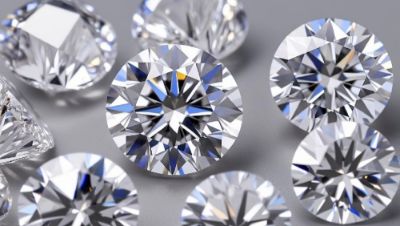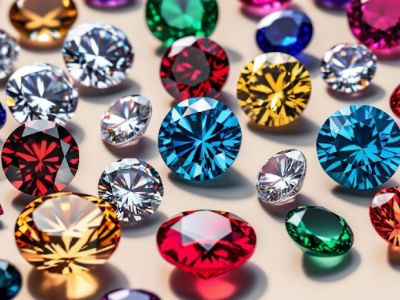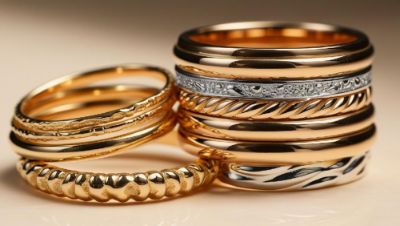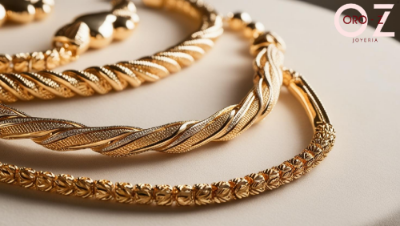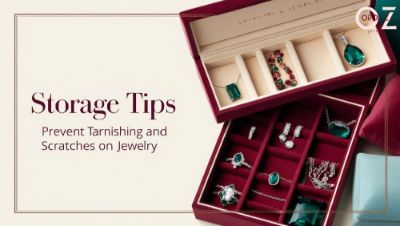
Your jewelry is more than just an accessory — it's an investment, a memory, and often a cherished gift. But over time, even the most beautiful pieces can lose their shine or get scratched if not stored properly. Whether it's a delicate gold chain, sterling silver ring, or a statement earring, the way you store your jewelry directly impacts its condition and lifespan.
Here are smart, practical tips to keep your jewelry looking radiant for years to come:
1. Store Pieces Separately to Avoid Scratches
Jewelry, especially metals and gemstones, can scratch one another when kept together. Avoid tossing multiple items into the same drawer or pouch.
Use individual compartments in a jewelry box.
Soft fabric-lined trays or pouches are ideal.
For chains, use hooks or padded slots to prevent tangling.
2. Keep Silver in Anti-Tarnish Cloth or Bags
Silver jewelry is especially prone to tarnishing due to oxidation. Protect it with:
Anti-tarnish cloth wraps or zip-lock bags with anti-tarnish strips.
Silica gel packets in your jewelry box to absorb moisture.
Avoid storing silver with rubber bands, newspaper, or materials that emit sulfur.
3. Avoid Humid or Direct Sunlight Areas
Moisture is a major enemy of fine jewelry. Humid environments (like bathrooms) accelerate tarnishing and discoloration.
Keep your jewelry in a cool, dry place.
Use a dehumidifier if necessary.
Avoid prolonged exposure to direct sunlight which can fade or weaken materials over time
4. Clean Before You Store
Storing dirty or sweaty jewelry can trap oils, perfumes, and skin residue — all of which can lead to corrosion or dullness.
Wipe your jewelry with a soft, lint-free cloth before putting it away.
Make regular cleaning part of your routine — especially after wearing lotions, makeup, or perfume.
5. Use Travel Cases for On-the-Go Protection
When traveling, throwaway pouches or wrapping items in tissue isn’t enough.
Invest in a compact jewelry travel organizer with secure slots and padding.
For delicate items, wrap them individually in microfiber cloths.
6. Rotate Your Jewelry
Just like your wardrobe, your jewelry needs rotation. Constantly wearing the same piece can wear it down, while others may tarnish from neglect.
Use less-frequented pieces occasionally to maintain their condition.
Give often-worn jewelry a rest to inspect for wear and tear.
Final Thought
Proper jewelry storage isn’t complicated — it just takes a bit of consistency and care. A little effort goes a long way in keeping your pieces sparkling, scratch-free, and ready to shine every time you wear them.
Because when jewelry is stored with love, it lasts a lifetime.


